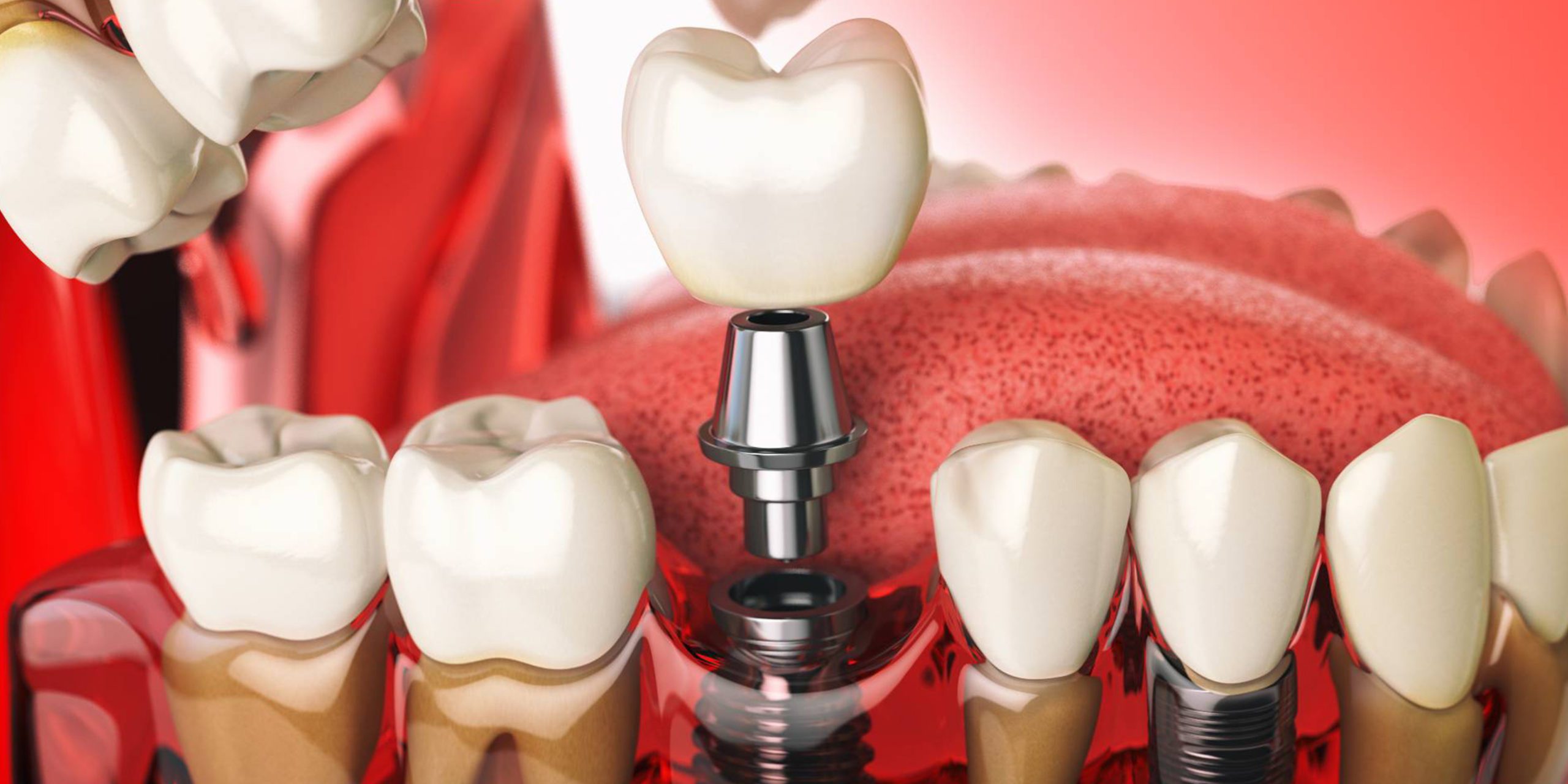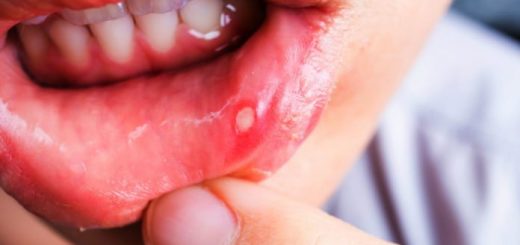A Smile Through Time: The Evolution of Denture Technology Over the Last Two Decades
The landscape of denture technology has undergone a remarkable transformation over the past two decades, bringing about advancements that have revolutionized the way we approach tooth replacement. From traditional dentures to cutting-edge innovations, the evolution in technology has not only improved the aesthetics of dentures but also enhanced their functionality and comfort. In this blog post, we’ll explore the journey of denture technology over the last 20 years, highlighting the key breakthroughs that have reshaped the world of dental prosthetics.
Traditional Dentures: The Starting Point
Two decades ago, traditional dentures were the go-to solution for individuals facing tooth loss. These dentures, typically made of acrylic or porcelain, were effective in restoring the basic function of chewing and speaking. However, they often posed challenges in terms of stability, comfort, and the ability to replicate the natural appearance of teeth and gums. The quest for improvements in these areas spurred the exploration of new materials and techniques.
Advancements in Materials: A Leap Forward in Comfort
One of the significant strides in denture technology has been the introduction of new materials that enhance both comfort and durability. Over the last two decades, materials like flexible resins and thermoplastics have gained popularity for their ability to provide a more comfortable fit. These materials offer improved flexibility, allowing for better adaptation to the contours of the mouth. As a result, denture wearers experience reduced irritation and sore spots, leading to a more pleasant overall experience.
Digital Dentistry and 3D Printing: Precision and Personalization
The integration of digital dentistry and 3D printing has been a game-changer in the fabrication of dentures. Computer-aided design (CAD) and computer-aided manufacturing (CAM) technologies enable the creation of highly precise and customized dentures. Digital impressions replace traditional, messy molds, providing a more accurate representation of the patient’s oral anatomy. This level of precision ensures a better fit, improved function, and a more natural appearance of the dentures.

Implant-Supported Dentures: Enhancing Stability and Functionality
One of the most significant advancements in denture technology has been the widespread adoption of implant-supported dentures. Dental implants, small titanium posts surgically placed into the jawbone, serve as secure anchors for dentures. This innovation addresses the longstanding issue of denture instability, providing a more secure and natural feel for the wearer. Implant-supported dentures offer improved biting force, enabling individuals to enjoy a wider variety of foods without the fear of denture slippage. Beyond functional benefits, these dentures also contribute to better oral health by preventing bone loss in the jaw, a common issue associated with traditional dentures.
Bioactive Denture Materials: Supporting Oral Health
Recent advancements in denture materials include the development of bioactive resins. These materials have the ability to release beneficial ions, such as calcium and fluoride, into the oral environment. This bioactivity supports the health of the surrounding teeth and oral tissues, contributing to a more holistic approach to dental prosthetics.
Bioactive denture materials not only provide functional tooth replacement but also actively participate in maintaining the oral health of the patient. This represents a shift from traditional materials that merely replaced missing teeth without additional oral health benefits.
Aesthetics and Realism: Mimicking Nature
In the realm of denture aesthetics, significant strides have been made in replicating the natural appearance of teeth and gums. Advanced shade-matching techniques, along with the use of lifelike materials, contribute to dentures that closely mimic the characteristics of natural teeth. The evolution in aesthetics is not merely cosmetic; it plays a crucial role in restoring confidence and improving the overall well-being of denture wearers.
The last two decades have witnessed a transformative journey in denture technology, from traditional solutions to cutting-edge innovations that prioritize comfort, functionality, and aesthetics. The integration of digital dentistry, 3D printing, implant-supported dentures, bioactive materials, and advanced aesthetics has elevated the standard of care for individuals facing tooth loss. As technology continues to advance, the future holds even more promising possibilities for the evolution of denture technology, ensuring that smiles can be restored with greater precision and patient satisfaction. Looking for a dental surgery that makes the most of all these advances? Look no further than Smile Express Denture Clinic!



